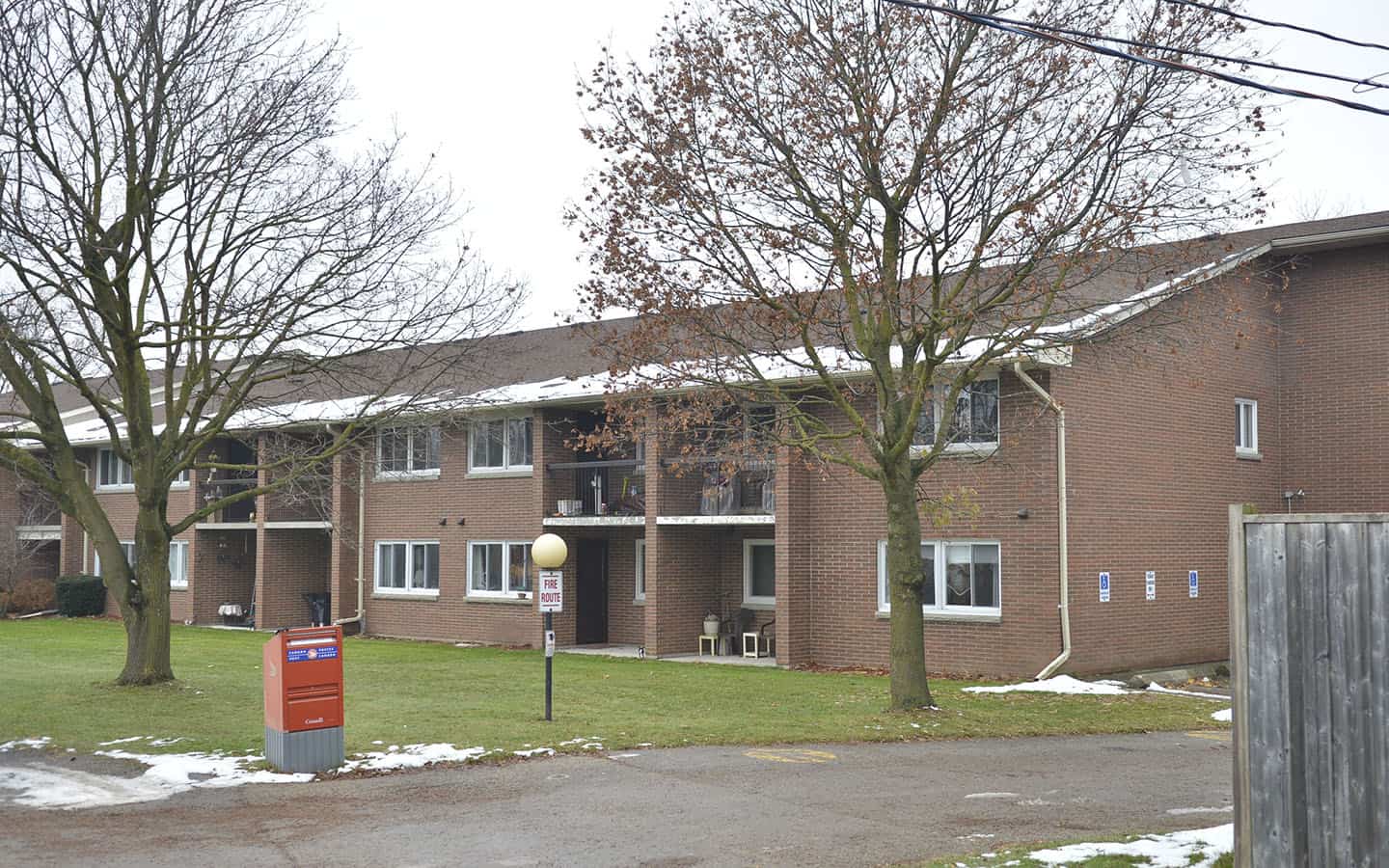A growing demand for housing even as prices push more people out of the market has prompted Waterloo Region to create 638 new affordable units over the next 10 years in a plan approved last week by regional council.
The Waterloo Region Housing (WRH) master plan is the document to guide the process.
WRH is the region’s largest housing provider, owning and operating more than 2,700 affordable units that extend beyond the region’s cities to the likes of Elmira and Wellesley.
“This is an absolute exciting time for the region and for Waterloo Region Housing specifically because it’s addressing an absolute need head-on,” says Mina Fayez-Bahgat, manager of WRH.
During a two-and-a-half-year process, the committee came up with an evaluation tool that looked at all 65 communities and ranked them based on a series of different measures, said Fayez-Bahgat of how the process works. To decide which properties would best fit the new affordable housing, the committee looked at the potential for intensification of development, along with the community needs and interests, proximity to transportation was also considered in the process.
“Once all of that data was inputted, it automatically ranked the communities from most suitable to least suitable for redevelopment,” explains Fayez-Bahgat.
Based on the results, new affordable homes will be built on five of the region’s existing properties, which include two properties in Kitchener, one in Cambridge, one in Waterloo, and one additional one in Kitchener that is still in the review process, explained Fayez-Bahgat.
While the WRH will focus on intensifying previous properties with upgraded buildings there still is a low number of affordable housing in Woolwich Township. With a low overall vacancy rate of 1.6 per cent in the township which was last updated in 2017, Dan Driedger, executive director of MennoHomes says things have not gotten better.
“We still have an ongoing waiting list for our housing. People contact us regularly wondering if we have any vacancy and unfortunately we continue to have to say no,” he said.
Despite the low rate, MennoHomes did have a few turnovers in their building earlier in August and September, says Driedger, which is the first two since the building was built in 2017.
“We don’t expect a lot more turnover there.”
One of the biggest barriers to creating affordable housing in the region is getting past land acquisition which tends to be costly.
“Buying land is very expensive so it’s hard to develop affordable housing when you’ve spent so much acquiring the land,” explained Fayez-Bahgat. To get past this barrier the WRH will focus on properties that they already own to best utilize the creation of new homes.
Some of the older buildings on the five properties chosen will be replaced with newer buildings and WRH will provide services for people who are currently living in those buildings to help with the transitions during construction and then afterwards, he said.
The Region of Waterloo will continue to tackle the issue of affordability over the next 20 years in the master housing plan but hope to create 638 new affordable homes in the next 10 years, all depending on construction scheduling, said Fayez-Bahgat.
“We’ve seen an incredible increase in affordability here in the region and affordable housing has been the number one issue most people have been talking about.”









